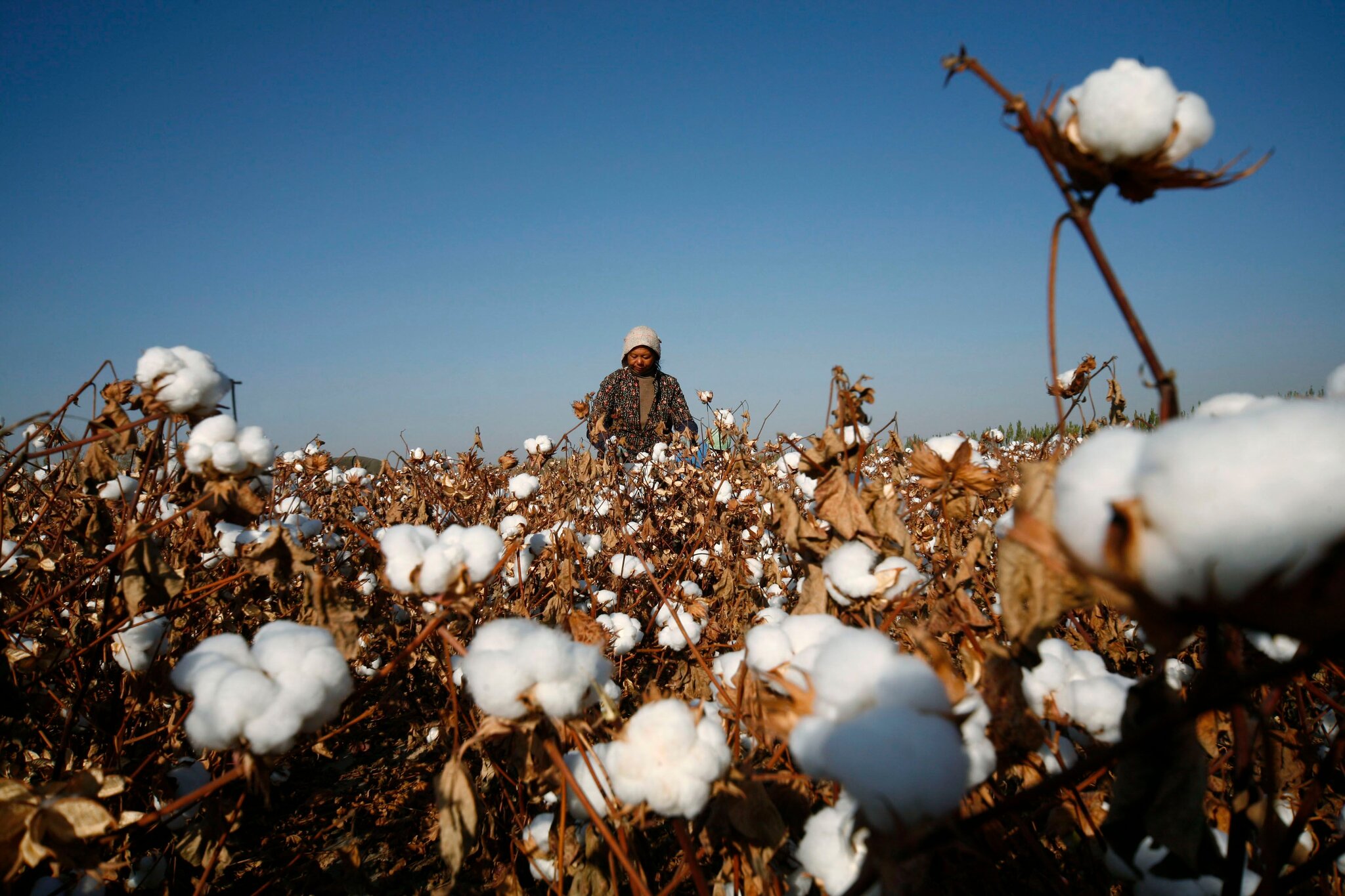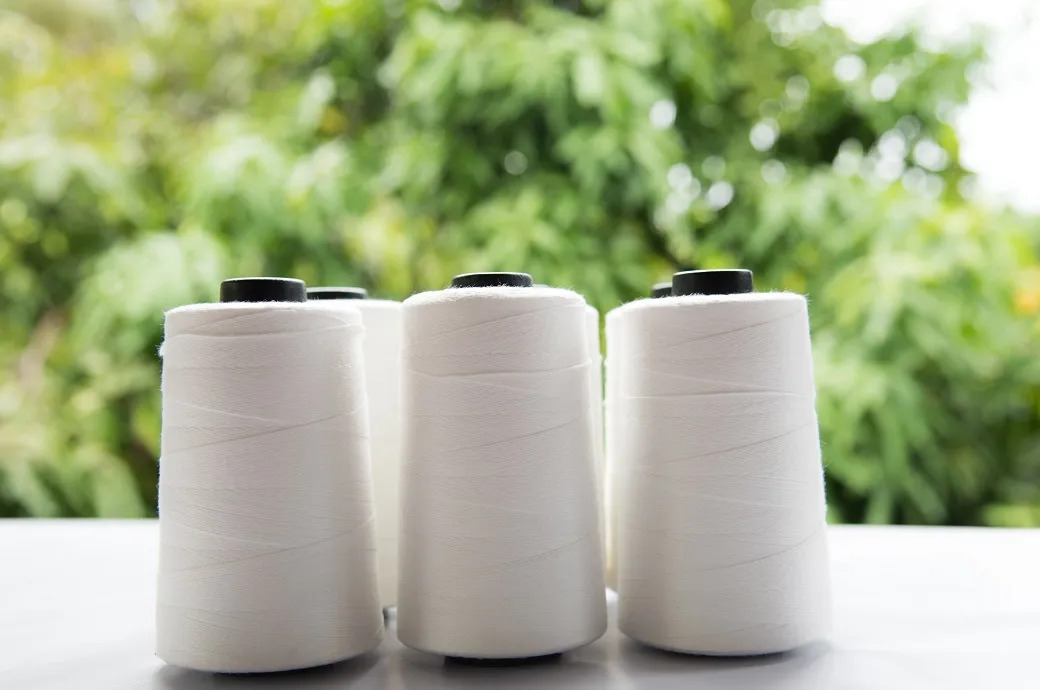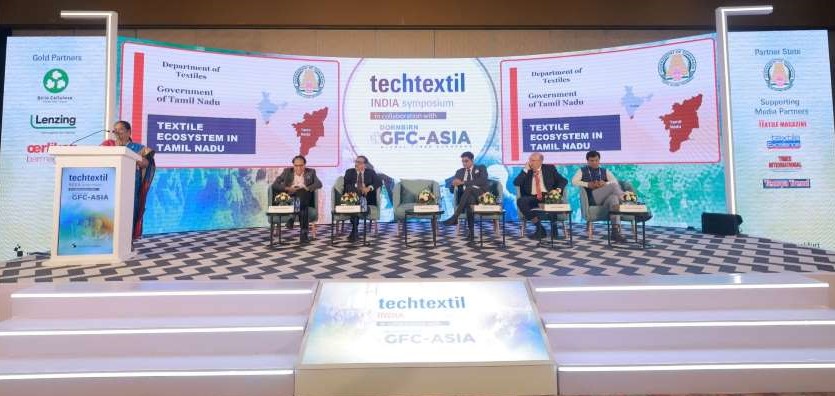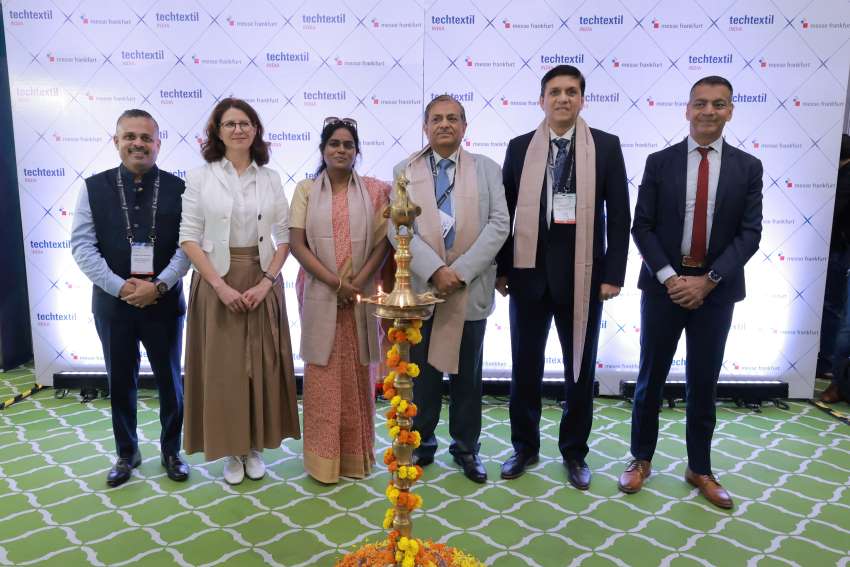India may have a uniform unit of weight for cotton trade. One recommendation is buying should be in kilos or tons only since this would make pricing accurate. The step is a move towards more uniformity and transparency in the cotton trade. Different units of weight cause ambiguity and confusion for the exporters, who have to plan their purchases. Export orders have a plus or minus five per cent variation in the weight and one isn’t sure exactly how much cotton will be there in a bale — 160 kg or 165 kg.
So far, cotton has been traded in different weight units at different parts of the value chain in different growing regions in the country. Gujarat, the largest cotton producer, uses bales for cotton procurement from markets while kapas (raw, unginned cotton) is weighed in quintals. Ginned cotton is quoted in candies.
While farmers get the price based on quintal weight, the procurement at the market or mandis is quoted in bales. Nowhere in the world is cotton procurement quoted in bales. While the weight in India has been fixed at 170 kg for a bale, many states still have bales with 160 to 165 kg. Ginned cotton is quoted in candy, while exports take place in terms of tons.
India to have uniform cotton weights
- 1
- 2
- 3
- 4
- 5
- 6
- 7
- 8
- 9
- 10
Cotton’s fragile comeback, how the US-China truce is redrawing global fiber map
When Presidents Donald Trump and Xi Jinping announced a fragile peace in Busan last week, most of the attention in... Read more
Viscose freed, industry revived as India’s raw material reforms trigger a new MM…
In a policy reversal that has given some relief across India’s textile ecosystem, the Ministry of Textiles has officially rescinded... Read more
Q3 Lyst Index reveals a turning point, Saint Laurent rises, Loewe slumps
In a fashion industry often driven by noise viral micro-trends, rapid-fire drops, and overstated marketing the third quarter of 2025... Read more
India Fashions a Greener Future: Global Fibre Summit spotlights $100 bn export g…
The world's largest fibre innovation congress, the Dornbirn Global Fibre Conference (GFC) Asia, made a landmark debut in Mumbai this... Read more
Techtextil India 2025: Mumbai kicks off 10th edition, focussing on sustainable a…
The premier trade fair for technical textiles, non-wovens, and composites, Techtextil India 2025, commenced today, November 19, 2025, at the... Read more
Fashion’s Next Playbook: Leaders at WWD summit push for radical transformation
On October 29 and 30, the marble halls of Cipriani South Street became the nerve center of a global fashion... Read more
Tariff turbulence spurs transformation in India’s textile value chain
When the US announced a sweeping 50 per cent tariff on Indian textile and apparel imports, the shockwaves reverberated across... Read more
A Punishing Paradox: Is Made in America unravelling the US textile industry?
The Make America Great Again (MAGA) is initiative aimed at breathing new life into US manufacturing, but its impact on... Read more
India's Textile Sector Sews Up Global Trade Alliances in Singapore: Focus on FTA…
The future of India’s textile and textile machinery sector is poised for exponential growth, driven by strategic international collaborations, notably... Read more
QCO rollback and export boost, the two-step formula powering India’s textile com…
November 12, 2025, could go down as a watershed date in India’s textile history. In a single day, the government... Read more












